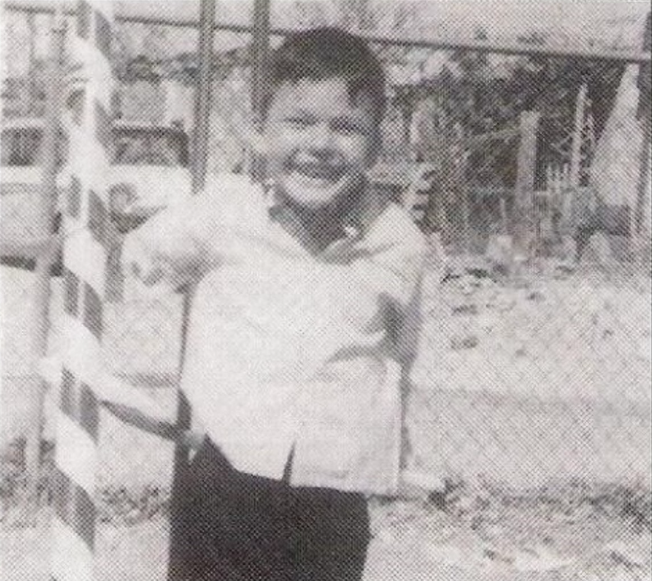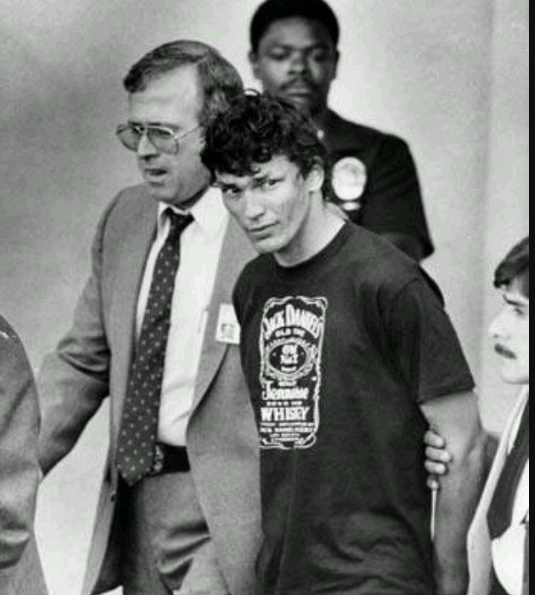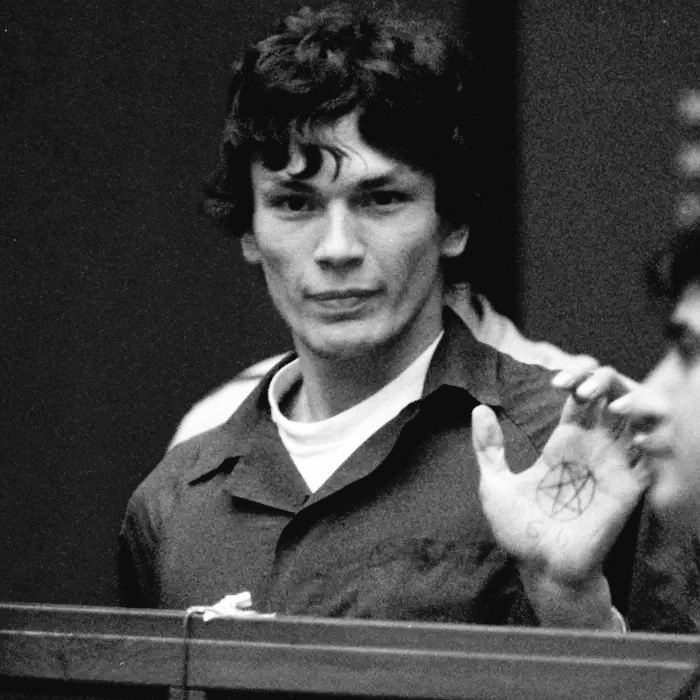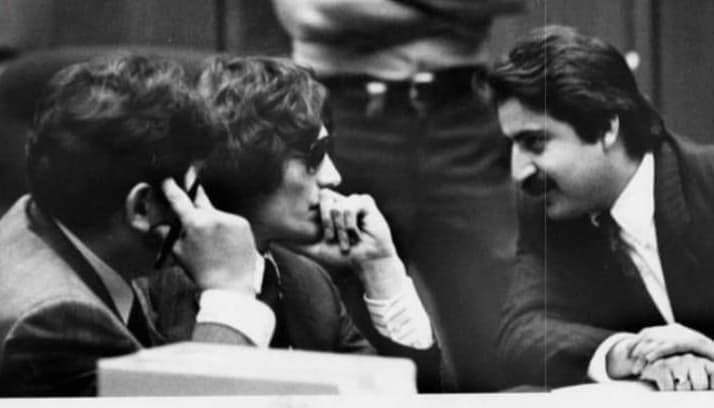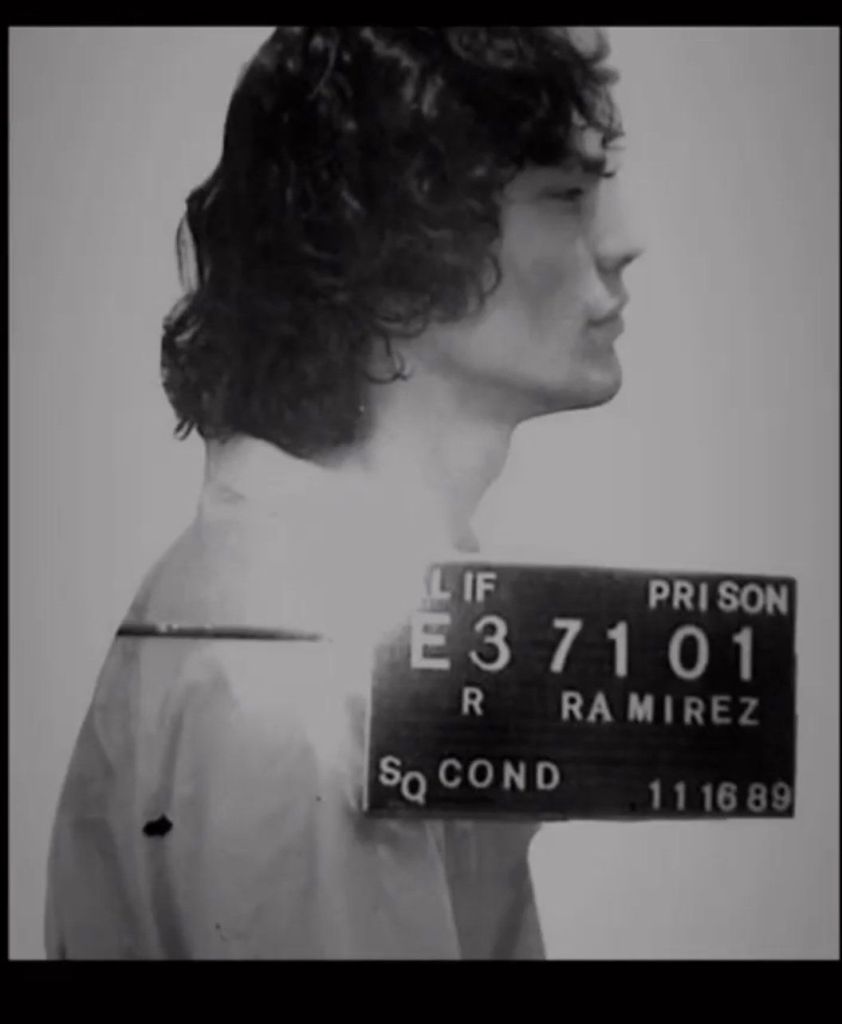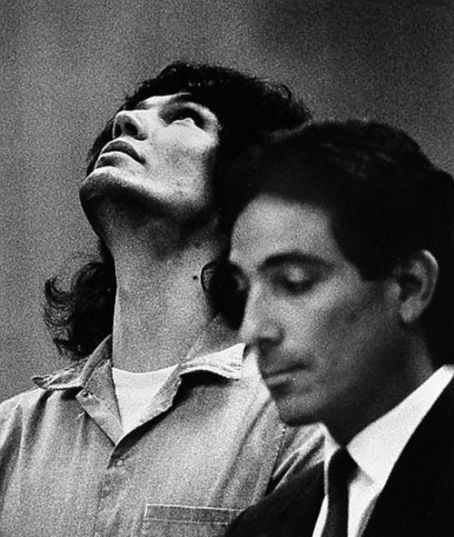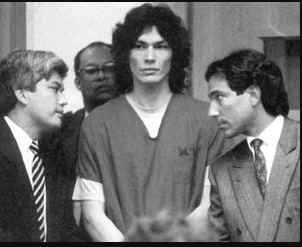“The world has been fed many lies about me..”
Richard Ramírez
Coming soon, our book – The Appeal of the Night Stalker: The Railroading of Richard Ramirez.
Welcome to our blog.
Here we will be examining the life and trial of Richard Ramírez, aka The Night Stalker. The evidence, eyewitness testimonies, crime reports, Federal Court petitions, expert witness statements, medical history, psychiatric reports and anything else we deem appropriate. This is the first time this case has been thoroughly deconstructed using original source material.
Demonised, sexualised and monetised.
After all, we are all expendable for a cause.
The Writ of Habeas Corpus
The literal meaning of habeas corpus is “you should have the body”—that is, the judge or court should (and must) have any person who is being detained brought forward so that the legality of that person’s detention can be assessed. In United States law, habeas corpus ad subjiciendum (the full name of what habeas corpus typically refers to) is also called “the Great Writ,” and it is not about a person’s guilt or innocence, but about whether custody of that person is lawful under the U.S. Constitution. Common grounds for relief under habeas corpus—”relief” in this case being a release from custody—include a conviction based on illegally obtained or falsified evidence; a denial of effective assistance of counsel; or a conviction by a jury that was improperly selected and impanelled.
All of those things can be seen within this writ.
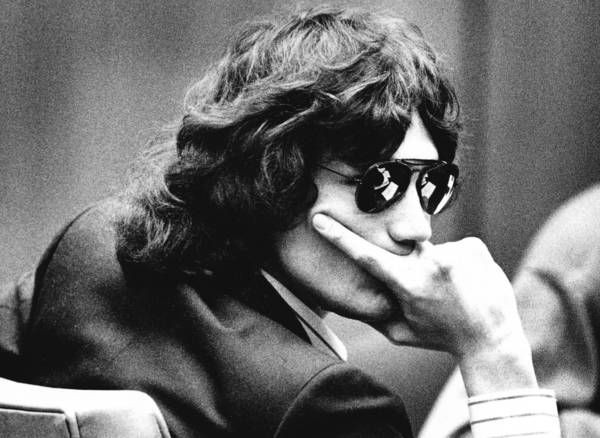
Let’s be clear, the Writ of Habeas Corpus is not a given right, unlike review on direct appeal, it is not automatic.
What happened was a violation of constitutional rights, under the 5th, 6th, 8th and 14th Amendments.
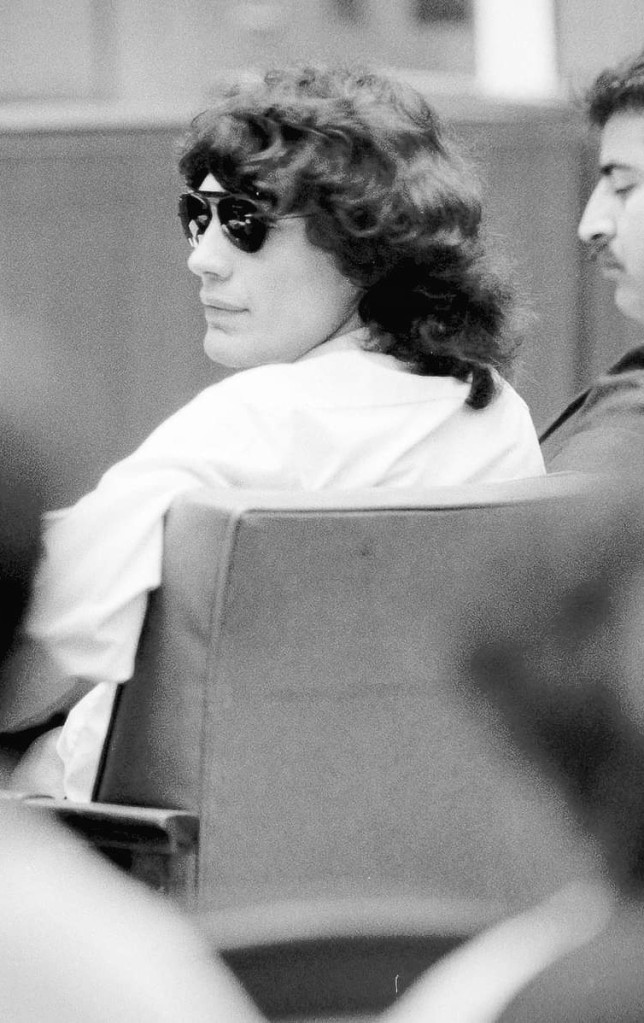
Evil has always existed. The perfect world most people seek shall never come to pass and it’s gonna get worse.
Richard Ramírez
- ATROCIOUS ATTORNEYS (4)
- “THIS TRIAL IS A JOKE!” (7)
- CONSTITUTIONAL VIOLATIONS (8)
- DEATH ROW (2)
- DEFENCE DISASTER (8)
- INFORMANTS (6)
- IT'S RELEVANT (11)
- LOOSE ENDS (2)
- ORANGE COUNTY (3)
- POOR EVIDENCE (10)
- RICHARD'S BACKGROUND (7)
- SNARK (10)
- THE BOOK (2)
- THE LOS ANGELES CRIMES (19)
- THE PSYCH REPORTS (14)
- THE SAN FRANCISCO CRIMES (5)
- Uncategorized (3)
-
You, the Jury
Questioning
The word “occult” comes from the Latin “occultus”. Ironically, the trial of an infamous occultist and Satanist is the epitome of the meaning of the word itself: clandestine, secret; hidden.
We’ve written many words; a story needed to be told, and we created this place to enable us to do just that.
Here, in this space, we intended to present the defence omitted at Richard Ramirez’s trial in violation of his constitutional rights. Our investigations have taken us down roads we’d rather not travel along, but as we did so, we realised that there was so much hidden we could search for a lifetime and still not see the end of it. Once we’d started, there was no turning back; we followed wherever it led.This was never about proving innocence; that was never the intent or purpose. We wanted to begin a dialogue, allowing this information to be freely discussed and for us to verbalise the rarely asked questions. We asked, and we’re still asking.
We can’t tell you, the reader, what to think; you must come to your own conclusions, as we did.
And so
We’ve said what we came here to say; with 88 articles and supporting documents, we’ve said as much as we can at this point.
This blog will stand as a record of that, and although we will still be here, we intend to only update if we find new information, if we suddenly remember something we haven’t previously covered, or to “tidy up” existing articles and examine any new claims (or expose outrageous lies) that come to light. The site will be maintained, and we’ll be around to answer any comments or questions.
What Next?
We will focus on the book being worked on; we’ve also been invited to participate in a podcast. When we have dates for those, we’ll update you.
The defence rests? Somehow, I sincerely doubt that; ultimately, we’re all “expendable for a cause”.
~ J, V and K ~
-
“I’d Make Him My Man”
Sometimes victims of horrific crimes are beguiled, induced or traumatised into deliberately making wrongful identifications. This may be attributed to PTSD, manipulation, confabulation or rage. Here is one story where this nearly happened, if it hadn’t have been for a cooler head.
The Man on the Mountain
Los Angeles Times Magazine, page 11, 1st May 1988 – True Grit, One Woman’s Triumph Over the Horror of Random Violence.
On Valentine’s Day in 1984, during a hike to the Echo Mountain Inspiration Point, a woman was attacked by a man she encountered on the trail. She wished him “good morning”, he responded, and they continued on their separate ways; he jogging downhill, she hiking up toward the top to claim the reward of a bench and a stunning view of the ocean.
As she progressed up the trail, she heard someone running fast behind her, unsuspecting, she went to sidestep to let them pass, but they didn’t overtake. Instead, a man hit her, a crushing blow to the right of her skull, and as she gazed at him, she saw his hands raised above his head, holding what seemed to be a sledgehammer. She pivoted away from him, he stuck again, and she realised she couldn’t escape, he was going to kill her. Fighting back, she managed to kick him in the stomach, he stopped, almost surprised, and they made eye contact. No word was spoken between them, the attack resumed. She fell backwards.
Instinct, the desire to survive, overtook rage; she played dead, all thoughts of retaliation gone. It was at this point she was raped, and then he gone.
Her name was Carol. She was bludgeoned, raped, and left for dead at 9am on a pleasant Tuesday morning. Carol described a young man, in his early twenties, of “Native American” appearance. He was clean, upright, “graceful”, of middle weight and muscular.
The Night Stalker “spree” had not yet begun, and the man who violently assaulted her remained unapprehend.
Eighteen Months Later
It was in the Spring of 1985 that detectives first started to theorise that a string of crimes were the work of one man, a shadowy entity, dubbed The Valley Intruder, The Walk-In Killer and later, infamously, The Night Stalker. A creature from the dark, raping and killing indiscriminately, and Carol became obsessed, collecting all the newspaper clippings, keeping them alongside the composite picture of her own rapist, “feeding her rage”, as she described it.
“Every morning I’d cut, staple and stack, and focus feeling and feed my rage. I cherished the obsession and found it repellent”.
Los Angeles Times Magazine, 1st May, 1988Carol’s brother asked her if she thought that The Night Stalker could be the man who had brutalised her that morning in 1984.
“Do you think the Night Stalker could be your man?”, my brother asked.
Lots of people were asking. They called to ask about it. “That composite picture looks a hell of a lot like him, like your composite picture”, my brother said. I kept my composite on my desk in my bedroom, next to the Polaroid of my daughter as a baby.
“Yeah”, I said. “Except it doesn’t”.
Los Angeles Times Magazine, 1st May, 1988
Blaming Ramirez?
On the day that Richard Ramirez’s mugshot was released to the public, Carol was shocked. She didn’t know that police did that, released a suspect’s face to the world before they were caught. Suddenly, before her, was the focus of her rage. Her real attacker was still out there, roaming free, but here was was another, perhaps he would do instead. Someone to take the blame.
“My God, the cops must be scared stiff. I didn’t think they released this kind of stuff.
Richard Ramirez stared at me. Richard Ramirez.
I’d make him my man”.
Los Angeles Times Magazine, 1st May, 1988Three days later she called the detective assigned to her case and told him that she thought, perhaps, Ramirez was the man on the mountain who’d attacked her. She wanted to be included in the identification parade that was to take place on 5th September. She knew that Ramirez wasn’t the man who’d assaulted her, and yet she wanted to go to the line-up and falsely identify him. Because someone has to pay. The media said he was guilty, so did the mayor, so did the police, and clearly, so would she.
“I’d like to be part of a line-up”, I said. “What do you think?”.
“I never forget you, Carol”, he said. “Whenever anything comes in, I think of your case. But this isn’t it, it just doesn’t fit – not his height, his weight. Nothing about it. I’m sorry, Carol, I won’t forget you.”
“God, I wish it was him!”, I said. “I know”, he said.
Los Angeles Times Magazine, 1st May, 1988
Identity Charade
One cannot conceive the level of anger, loathing and hate that it must take to falsely identify an accused suspect. Especially when the victim (obviously suffering from PTSD) knows for certain that the person potentially being paraded in front of them didn’t commit the crime.
Whether the victim had begun to convince herself that Ramirez was truly the one who committed such a terrible act against her, or (as seems to be the case here) it was rage, a searing rage against all perceived violent men, to deliberately lie, or to commit perjury, makes a joke of justice.
One can envision had the lead detectives on Night Stalker task force been aware of this, they’d have happily let her take part in the line-up. So, what if her description didn’t match? Neither did the original statements of the people who were there, and who did go on to identify Ramirez, but no one was bothered about that.
As long as someone dies for it, Lady Justice is satisfied.
In this case, the investigator saw sense and acted professionally; the desire for truth overriding the need to close a case. Surely, fraudulently, erroneously, sending someone to be tried for their life would not, in the long run, facilitate healing in a victim.
The man on the mountain was never caught.
Note: The Carol in this post should not be confused with Carol Kyle.
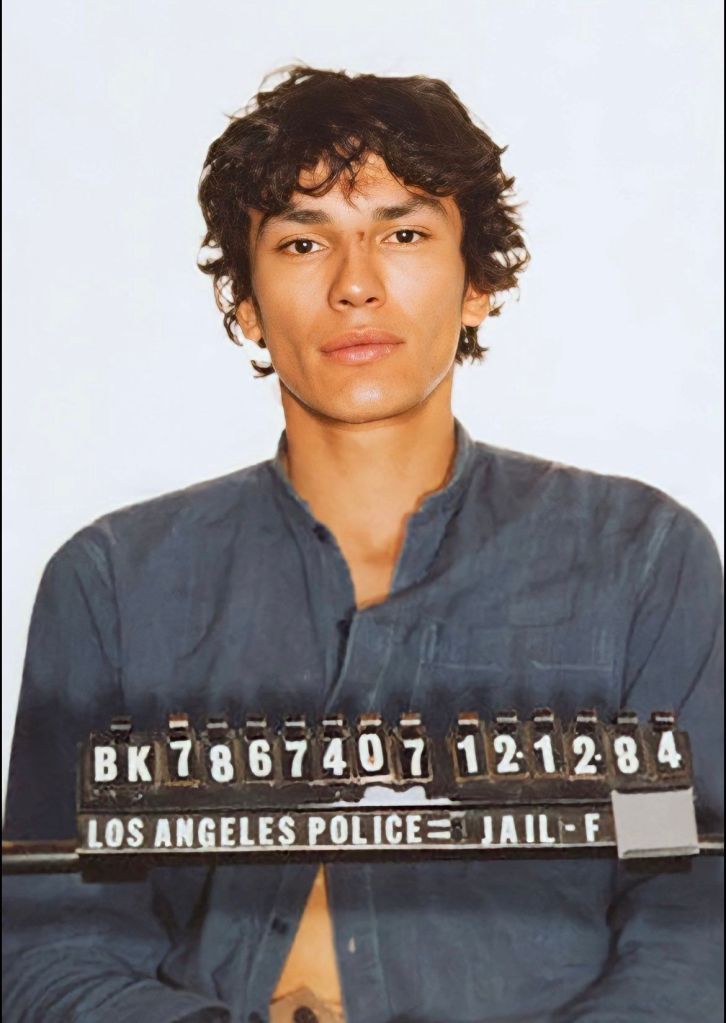
The 1984 mugshot of Richard Ramirez, released to the public 30th August 1985,
Sources: The LA Times, 1st May 1988. The article cited was an adaptation of Carol Rossen’s book, “Counterpunch”.
Document 19, attachment 5 from the 2008 Federal Petition for Habeas Corpus – Richard Ramirez v Robert L Ayers.
-
First Draft
In December, we announced that we are writing a book on the case. Well, the first draft is almost done! Not bad considering I only began it about a year ago. The main chapters are complete: there will be 15 ‘parts’, and within those parts, between 2 and 8 chapter ‘sections’. It will be told chronologically, as a rolling story. It begins with the crimes, with some little interludes of background stuff.
All that’s left to do is some bits that need adding to the main chapters, so I am down to loose ends. Then it will need a full edit, followed by … probably about 10 proofreads, at which point, we will no doubt start to hate it. I’m currently doing a ‘fact check’ edit and making sure all my references are in place. In the meantime we need to sort out a cover (either artwork or a photo of Richard himself) and the maps and diagrams inside. We also need to sort out our pen names. Venning is actually my pen name for fiction, so it will be something else for nonfiction. Confusing, I know, but I’m still me! I will self-publish if I can – if Amazon KDP accepts it – but we will also look for a ‘real’ publisher. Looking for publishers is boring and somewhat soul destroying, so it’s important to just release it in the most efficient way possible.
Currently, it stands at over 144,000 words, so the print copy will be somewhat large and expensive – whichever publishing route we go down, the price will be out of our control. We will only earn a tiny amount of royalties from that too, but none of that matters. No one goes into writing for money – or they really shouldn’t, at least!
So, the book is coming, we weren’t ‘just saying it’ – it will actually be a thing! The next update will probably be when it’s released. It will be called The Appeal of the Night Stalker: The Railroading of Richard Ramirez.
-VenningB-

-
Richard Ramirez’s Appeals
Subscribe to continue reading
Subscribe to get access to the rest of this post and other subscriber-only content.
-
Reasonable Fucking Doubt!
Well, it’s enough to make you swear.
Yesterday, 28th Feb 2024, the State of Texas executed a man called Ivan Cantu by lethal injection; perhaps you’ve heard of his case, perhaps not. Why am I mentioning him on a blog demonstrating Ramirez’s unfair trial? Because of reasonable doubt. Reasonable fucking doubt.
Taken at face value, the cases are very different; Cantu was convicted of the double murder of his cousin, James Mosqueda and his fiancée, Amy Kitchen, in Dallas in 2000. Richard Ramirez was convicted of serial murder and rape. The similarities between them lie in their defence rather than their alleged crimes; both were Hispanic, neither was given due process and the right to a fair trial, and each of them received the death penalty.
Like Ramirez before him, Cantu was saddled with a lawyer who did not bring forward defence witnesses, a lawyer who failed to investigate the charges against him or develop a defence strategy. No expert defence witnesses were brought in to testify. Star witnesses for the prosecution committed perjury, and the jury was not given exculpatory evidence to consider.
There is a podcast dedicated to Cantu’s case, “Cousins by Blood”, created by Private Investigator Matt Duff (I will link it at the end). So, I need not go over the highly complicated case, but I urge you to listen to it as he brings forward the evidence omitted in court.
In this podcast, the star witness recants and admits he and his sister (Ivan’s ex-girlfriend) lied to the police and in court. The lead detective deliberately hid exculpatory evidence, evidence which has now come to light. That’s a Brady violation, yet this detective said he didn’t even know what “Brady” means. He doesn’t know. If I know, why doesn’t he? The clothes Ivan was supposed to have worn that night did not show any of his DNA and were much too large for him. The jury foreman has spoken out, saying they were not given all the evidence to deliberate. He requested the document they had to sign, saying they agreed with the punishment, to be returned to him; he has changed his mind, as have others. The list goes on.
Ivan’s case garnered support from celebrities like Kim Kardashian, Martin Sheen and Susan Sarandon. Over 140,000 signatures were collected on a petition sent to Collin County Court. Nothing worked. Ivan was merely asking for his right to a fair trial; he was not begging for his life. He wanted justice and was given none, in the same way Ramirez was denied it.
We are taught to put our trust in the law and in justice, and today, I have seen people genuinely shocked about Ivan Cantu’s execution, as if they had never considered that justice is not what it seems. The 6th Amendment tells us that every accused man must have fair representation, but just because the person standing up with a defendant is a lawyer, that’s not enough to satisfy the Constitution; the lawyer is required to defend. So why does this keep happening?
For a country that vigorously defends the 2nd Amendment, America doesn’t seem so bothered about the 6th.
Yesterday, I read comments from someone who had practised law for 16 years. Their opinion (I will paraphrase) was that the Public Defenders are there mainly to drive a plea bargain, not to defend. It’s ticking boxes, not delivering justice. Richard Ramirez was correct in his assessment of that.
Some people think we’re here crying about “innocence”; we are not. We are here to show how badly a case was handled from start to finish; we are explaining that there was a case for reasonable doubt. If “innocence” is what you see when reading what we’ve said, rather than whine about it on TikTok or attack people who support us, ask yourself why. (Hybristophilia is not a good look, by the way).
Meanwhile, the Ramirez case is still used for fame and money, using the tragic events as entertainment. It really is enough to make you swear.
My sympathy goes out to all the victims in these cases, the ones who don’t get justice and to the accused, who are not allowed to defend themselves when reasonable doubt exists.
LISTEN TO THE “COUSINS BY BLOOD” PODCAST HERE
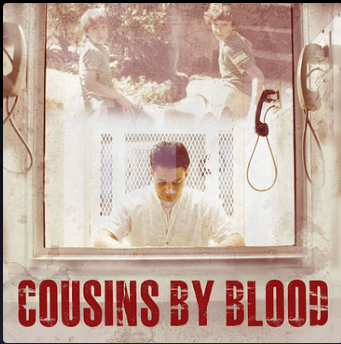
Ivan Cantu, from the Cousins by Blood podcast. -
ODD ONE OUT
We’re back…
The Night Stalker cases should have been split into separate trials to prevent a joinder or “spill-over” where evidence from another case is used to suggest a connection to another. There are several ways to divide the cases. This post will focus on those where Ramirez was prosecuted for rape-burglaries: Kyle, Dickman, Khovananth and Abowath.
It is perhaps tempting to assume all four of these attacks were committed by the same man, by the nature of the crime and because all four women described a slim/thin man with curly or wavy hair. But is it possible that they were two, three or even four different men?
GEOGRAPHY
Location is important when looking for serial killer patterns. In his declaration, forensic psychologist Steve Strong noted that some attacks were not in Los Angeles County and there was no pattern to the locations. Of these four, two were in Los Angeles city, and two were in Los Angeles County.

They are also very different places: Kyle’s home on N. Avon St, Burbank is a middle-class but densely populated area with larger houses. The Khovananth home on Schoenborn St, Sun Valley is also densely populated, but is less tree-lined and attractive. To the east lies a huge power station and gas works. Similarly, Dickman’s house in Monterey Park is close to land owned by San Gabriel electricity* that is full of pylons. Diamond Bar is very suburban and middle class with houses spaced further apart, hills and more green spaces. If this was the same rapist, he was unbothered by the different types of location and confident of escaping different types of homes: Kyle’s house was two storeys high, more difficult to escape than the other scenes, all bungalows.
As for their descriptions of his appearance, they might have attributes in common, but there was always an odd one out. It is commonly reported that the Night Stalker was famous for his bad teeth and halitosis, but what did these rape survivors say about that?
TEETH
- Kyle – straight, white, excessive gums
- Dickman – no mention – despite the Night Stalker’s teeth being so ‘distinctive’.
- Khovananth – stained with gaps, particularly between the front two. This is close to Richard Ramirez’s teeth at that time.
- Abowath – wide front teeth, no gaps, but she later changed her description to “crooked and stained” and “something strange about his teeth.”
So, that leads you to think that at two of them definitely saw the same man – the two whose crimes were almost identical. Khovananth and Abowath both lost their husbands to close-range gunshot wounds. This brings us to the hair, commonly reported as “dishevelled.” But this is what they really said.
HAIR
- Kyle – Black, wavy and side-parted, shiny and clean. He had bangs/a fringe swept to one side.
- Dickman – curly, dark brown.
- Khovananth – curly, brown.
- Abowath – curly, blonde or light brown.
There we have three different hair colours, a discrepancy excused by the poor light quality, although Dickman and Abowath said they saw him standing under the bathroom light and it was daylight by the end of the Khovananth attack. They had a clear view of the attacker’s hair.
EYES
- Kyle – brown.
- Dickman – not mentioned.
- Khovananth – brown.
- Abowath – not mentioned.
Ramirez had very dark eyes; they look almost black, but nobody mentioned that. He also had very distinctive and unusual arched eyebrows – at a time when he had short hair, and they should have been visible. Yet none of them mentioned anything about his eye area. The Khovananth composite shows bulging eyes, very different to Ramirez’s.
HEIGHT
- Kyle – 5’10” – 6’
- Dickman – 5’8” – 5’9” changed in court to 6’ – 6’1”
- Khovananth – 6’
- Abowath – 6’2 – 6’4”
Regarding the height, Dickman’s has the biggest discrepancy. He was fairly short and she had said this to three separate officers, yet in court, insisted that they all lied and the man was tall. Kyle was unsure, putting him at a tall average, until changing her mind in August and asserting that he was six feet.
ETHNICITY
- Kyle – tanned, Latino.
- Dickman – Caucasian.
- Khovananth – dark skinned “like a Mexican” but changed to light-skinned with a tan.
- Abowath – Caucasian at first, but later she insisted he was yellowish in complexion and had “Latin features”.
So, again, they all interpret him differently. Abowath’s is strange. While it is entirely possible for Latinos to be blonde, why would she describe a light-haired man, yet later claim he looked “latin.” Light hair is not what one immediately associates with being Hispanic – and when identifying strangers, people tend to rely on stereotypes.
VOICE/ACCENT
- Kyle – ‘Spanish’ sounding.
- Dickman – no mention.
- Khovananth – undeniable accent, sounded uneducated.
- Abowath – no accent, standard American?
Again, the accents make it seem like two were Latino and two were Caucasian.
ESTIMATED AGE
- Kyle – 20
- Dickman – 27
- Khovananth – 30-35
- Abowath – 25-30
While it can be difficult to judge age in the dark, when terrified, there is an age range of fifteen years here.
SEXUAL ASSAULT KIT
- Kyle – no result presented at trial.
- Dickman – no result presented at trial.
- Khovananth – no result presented at trial.
- Abowath – semen inconsistent with Richard Ramirez’s blood type.
Ramirez should not have been prosecuted for Abowath at all – the wrong description and not his semen. Inez Erickson (from the Orange County incident) should also be mentioned here. While she could not identify the man, he said the same things about Satan as in the Abowath case, which suggests that was the same person. If it was, then the semen there would surely not match Ramirez. The two locations, while 35 miles apart, are connected by the same stretches of freeway – the California Highway 57 and the Interstate 5.
The only thing these attackers have in common is being thin with curly or wavy hair. For all the other features, there is one that doesn’t quite match Ramirez casting doubt over who really committed the crimes. Readers, what is your opinion?
-VenningB-

